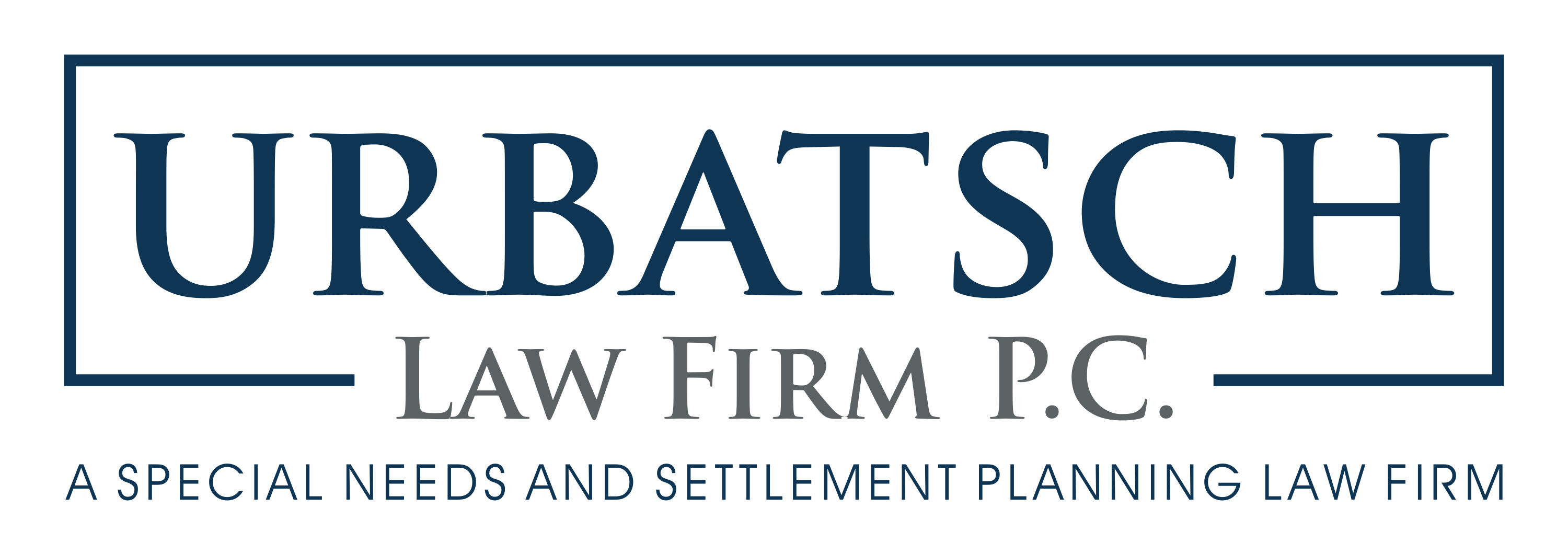
The United States has two federal government benefits programs to help people with disabilities: Social Security Disability Insurance (SSDI) and Supplemental Security Income (SSI). These have saved countless Americans unable to work for a living from becoming destitute and dying prematurely. But the downside is that applying for these benefits is a daunting task, and each year 65 to 70 percent of applicants get rejected, often after long waiting periods.
A denial of benefits does not have to be the final answer, however. The Social Security Administration (SSA) has a structured process for appeals and offers helpful information and online tools for navigating the various twists and turns.
A Multi-Level Approach
There are four stages in the appeals process, each with its own procedures and requirements.
- Reconsideration.
- Hearing by an administrative law judge.
- Review by the Appeals Council.
- Federal court review
If you are denied benefits on your first attempt, request reconsideration right away. In this first stage of an appeal, the disability agency that made the initial determination takes a second look at your application. You must file this request within 60 days of your denial. This appeal can be completed online, whether the rejection was decided for medical or non-medical reasons. For guidance, consult SSA resources and instructions here.
Unfortunately, a large percentage of appeals are rejected at the reconsideration level. In 2018, the most recent year complete data is publicly available, only 10.8 percent of appeals were granted benefits from the SSI program, and 9.8 percent from SSDI.
Next Step: Hearings
If denied at reconsideration, you can appeal to an administrative law judge (ALJ), followed by a further appeal to the SSA Appeals Council, and finally an appeal to federal district court, although this last step is very rare. You can apply online for a hearing with an ALJ, and the SSA will schedule it either in person near your residence or by video. Keep in mind that there can be a very long wait for these hearings. The SSA has only about 1,500 administrative law judges, and in 2017 (the last year that complete data was publicly available), there were 158,186 applicants for SSI and 185,623 for SSDI. The long delays (lasting as much as two years) have resulted in large numbers of applicants falling into bankruptcy or dying of their disabilities while waiting for a hearing.
Get an Advocate!
The good news is that the percentage of allowances granted at the hearing stage (before an ALJ or subsequently the Appeals Council) increases substantially (to 38 percent for SSI and 48.4 for SSDI in 2018, according to SSA data. Keep in mind that your chances for success improve if you have a professional, or a knowledgeable family member, to advocate for you. The Government Accountability Office has determined that applicants who attend hearings with an attorney or other representative were granted benefits at a rate nearly three times higher than those who navigated the process on their own.
In conclusion, navigating the SSA appeals process takes time, determination, and money. But the end result—income for the remainder of one’s life, with access to good health care—is more than worth it. Consult with your special needs planner for more information as you prepare your initial application, and be aware of what might lie ahead.
For basic information on applying for disability benefits, click here.





